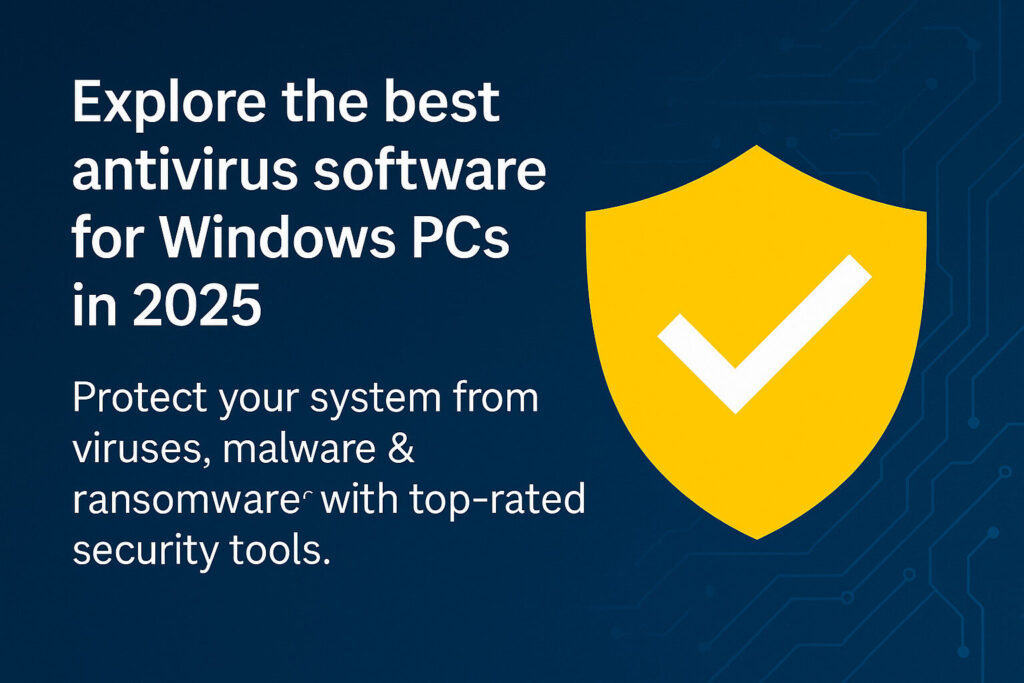Canada is dealing with a growing number of cyber threats. The Canadian Centre for Cyber Security’s National Cyber Threat Assessment 2025-2026 shows this. It says the country is facing more complex cyber attacks.
The report stresses the importance of strong cybersecurity. In 2025, Canadian companies need to tackle network security vulnerabilities head-on. This is to keep up with new cyber threats.
Key Takeaways
- Canada faces an expanding and complex cyber threat landscape.
- The Canadian Centre for Cyber Security’s National Cyber Threat Assessment 2025-2026 highlights the need for robust cybersecurity measures.
- Addressing network security vulnerabilities is crucial for Canadian organizations in 2025.
- Cybersecurity threats are becoming increasingly sophisticated.
- Proactive measures are necessary to protect against emerging cyber threats.
The Evolving Landscape of Cybersecurity Threats
As we move towards 2025, the world of cybersecurity is changing fast. The National Cyber Threat Assessment 2025-2026 shows that state enemies are getting bolder online. Also, cybercriminals are making money in new ways.
How 2024 Attacks Are Shaping Future Vulnerabilities
The attacks of 2024 have taught us a lot about how bad guys work. Cybercriminals are using AI and machine learning to get better. This means companies need to keep up with these new threats.
These attacks are getting smarter, which means we need stronger defenses. It’s all about staying one step ahead.
Why Canadian Networks Face Unique Challenges in 2025
Canadian networks have big challenges ahead in 2025. They’re key to our country’s infrastructure and rely a lot on digital tech. The Canadian government’s push for digital growth has made them a bigger target.
It’s vital for Canadian companies to have strong cybersecurity. They also need to keep up with the changing threats and adjust their plans.
Top Network Security Vulnerabilities Predicted for 2025
In 2025, new threats will come from AI, quantum computing, and 5G networks. These advancements will bring big risks to businesses in Canada.
AI-Powered Attack Vectors
AI attacks are getting smarter and more targeted. SentinelOne says AI-driven malware is a big threat now.
Machine Learning Poisoning Attacks
These attacks trick AI systems into making wrong choices. This can lead to big security problems and data breaches.
Automated Vulnerability Discovery
AI finds weaknesses in systems and networks. It can help defend, but also find ways to attack.
Quantum Computing Threats to Encryption
Quantum computers could break some encryption. As they get stronger, they might crack our data security.
“The advent of quantum computing is a double-edged sword; while it promises to revolutionize computing, it also threatens to undermine our current encryption standards.”

5G Network Security Gaps
5G networks bring new security risks. There are more attack points and possible weaknesses in network slicing and edge computing. Businesses need to watch out and protect themselves.
- Increased attack surfaces due to the expanded network
- Potential vulnerabilities in network slicing
- Security risks associated with edge computing
Supply Chain Vulnerabilities: The Weakest Links
The National Cyber Threat Assessment 2025-2026 points out supply chain risks. As companies link up more, their supply chains become more vulnerable. This makes them open to big cybersecurity threats.
Software Supply Chain Compromises
Attackers often target software supply chains. They can get in through open source risks or by hacking build systems.
Open Source Dependency Risks
Open source software is popular for its flexibility and low cost. But, it also has risks. If open source parts have flaws, hackers can use them. Managing open source risks well is key to staying safe.
Build System Infiltrations
Build system hacks happen when attackers sneak into the software making process. They can add bad code that’s hard to find. Strong security in the build process is vital to stop these attacks.
Hardware Component Vulnerabilities
Hardware flaws are a big worry too. These can come from fake parts or weak design.
| Type of Vulnerability | Description | Potential Impact |
|---|---|---|
| Open Source Dependency Risks | Vulnerabilities in open source software components | Exploitation by attackers, leading to data breaches or system compromise |
| Build System Infiltrations | Malicious code injection during software development | Compromised software functionality, potential for widespread impact |
| Hardware Component Vulnerabilities | Weaknesses or counterfeit components in hardware | System failures, data breaches, or compromised device integrity |
To fight these risks, companies need a solid plan for supply chain security. This includes checking suppliers, doing security checks often, and using strong security measures.

Zero-Day Exploits and Advanced Persistent Threats
Cyber threats are getting more complex, posing a big risk to Canadian businesses. Cyber attackers are getting better at finding and using vulnerabilities. This means zero-day exploits and advanced persistent threats (APTs) are becoming more common. These threats can sneak past usual security checks and cause a lot of damage before anyone notices.
The Growing Zero-Day Marketplace
The demand for zero-day exploits is rising, with hackers and nation-state actors willing to pay a lot for them. This has led to more unknown vulnerabilities being found and used. Zero-day exploits are valuable because they can let attackers into systems without being caught by usual security tools.
Nation-State Actors Targeting Canadian Infrastructure
Nation-state actors are focusing more on Canada’s critical infrastructure, as seen in The National Cyber Threat Assessment 2025-2026. They use advanced persistent threats to get into and harm network security.
Critical Sectors at Risk
Energy, finance, and healthcare are especially at risk. An attack on these areas could lead to big problems, like service disruptions and data loss.
Attribution Challenges
One big problem in fighting nation-state actors is figuring out who is behind the attacks. This is hard because these actors use smart ways to hide their tracks.
| Sector | Risk Level | Potential Impact |
|---|---|---|
| Energy | High | Disruption of power supply |
| Finance | High | Financial loss and data breach |
| Healthcare | High | Compromise of sensitive patient data |
Canadian Industries at Risk: Sector-Specific Vulnerabilities
Canadian industries face growing cyber threats. Each sector has its own set of challenges. It’s vital to understand these vulnerabilities to improve cybersecurity.
Energy and Utilities Security Concerns
The energy and utilities sector is key to Canada’s infrastructure. It’s a major target for cyberattacks. Such threats can disrupt essential services.
Financial Services Attack Surfaces
Financial services are also at high risk. Attackers aim to exploit online banking and transaction processing vulnerabilities. The rise of digital payments has widened the attack surface.
Healthcare Data Protection Challenges
The healthcare sector struggles to protect patient data. Cyberattacks can compromise sensitive information and disrupt care services.
| Sector | Key Vulnerabilities | Potential Impact |
|---|---|---|
| Energy and Utilities | Outdated infrastructure, inadequate security protocols | Disruptions to essential services, economic losses |
| Financial Services | Online banking vulnerabilities, transaction processing weaknesses | Financial losses, compromised customer data |
| Healthcare | Unprotected patient data, legacy system vulnerabilities | Compromised patient confidentiality, disrupted care services |
Conclusion: Building Your Network Security Roadmap for 2025
Canada is facing a complex cybersecurity challenge in 2025. Building a strong network security roadmap is key. The Canadian Centre for Cyber Security says working together is vital to fight cyber threats.
A good network security roadmap should include steps to prevent cyber attacks. It should tackle threats like AI attacks, quantum computing dangers, and 5G security issues.
Understanding threats and vulnerabilities is crucial. This helps organizations create effective cybersecurity plans. Sharing information between sectors like energy, finance, and healthcare is also important to stop cyber attacks.
As we plan for 2025, focusing on cybersecurity is essential. This ensures Canadian networks stay safe against growing threats. By taking these steps, we can protect our networks from harm.
FAQ
What are the top network security vulnerabilities to address in 2025?
In 2025, the main network security threats include AI attacks, quantum computing threats, and 5G network security gaps. These are highlighted in the Canadian Centre for Cyber Security’s National Cyber Threat Assessment 2025-2026.
How are 2024 attacks shaping future vulnerabilities?
Cybercriminals’ tactics are evolving, and state adversaries are becoming more aggressive in 2024. This makes it crucial for Canadian organizations to stay ahead of these threats.
What are the risks associated with AI-powered attack vectors?
AI attacks, like machine learning poisoning and automated vulnerability discovery, are big risks. They can launch sophisticated, targeted attacks on network security.
How can organizations protect themselves against supply chain vulnerabilities?
To protect against supply chain risks, organizations should be aware of software and hardware vulnerabilities. This includes open source dependency risks and build system infiltrations.
What are zero-day exploits, and how can they be mitigated?
Zero-day exploits are unknown vulnerabilities that attackers use. To prevent them, stay informed about the zero-day marketplace. Take proactive steps to stop nation-state actors from targeting Canadian infrastructure.
Which Canadian industries are most at risk from sector-specific vulnerabilities?
The energy, financial services, and healthcare sectors face high risks. They need tailored cybersecurity measures to address their unique security concerns.
How can organizations build a robust network security roadmap for 2025?
To build a strong network security roadmap for 2025, collaborate with cybersecurity experts. Stay updated on threats and vulnerabilities. Implement proactive cybersecurity measures, as recommended by the Canadian Centre for Cyber Security.
What is the significance of the Canadian Centre for Cyber Security’s National Cyber Threat Assessment 2025-2026?
The Canadian Centre for Cyber Security’s National Cyber Threat Assessment 2025-2026 offers key insights into the cyber threat landscape. It highlights the need for strong cybersecurity measures to protect Canadian organizations from emerging threats.
How can organizations stay ahead of the evolving cyber threat landscape?
To stay ahead, organizations should stay informed about threats and vulnerabilities. Implement proactive cybersecurity measures. Collaborate with cybersecurity experts to address emerging threats.



